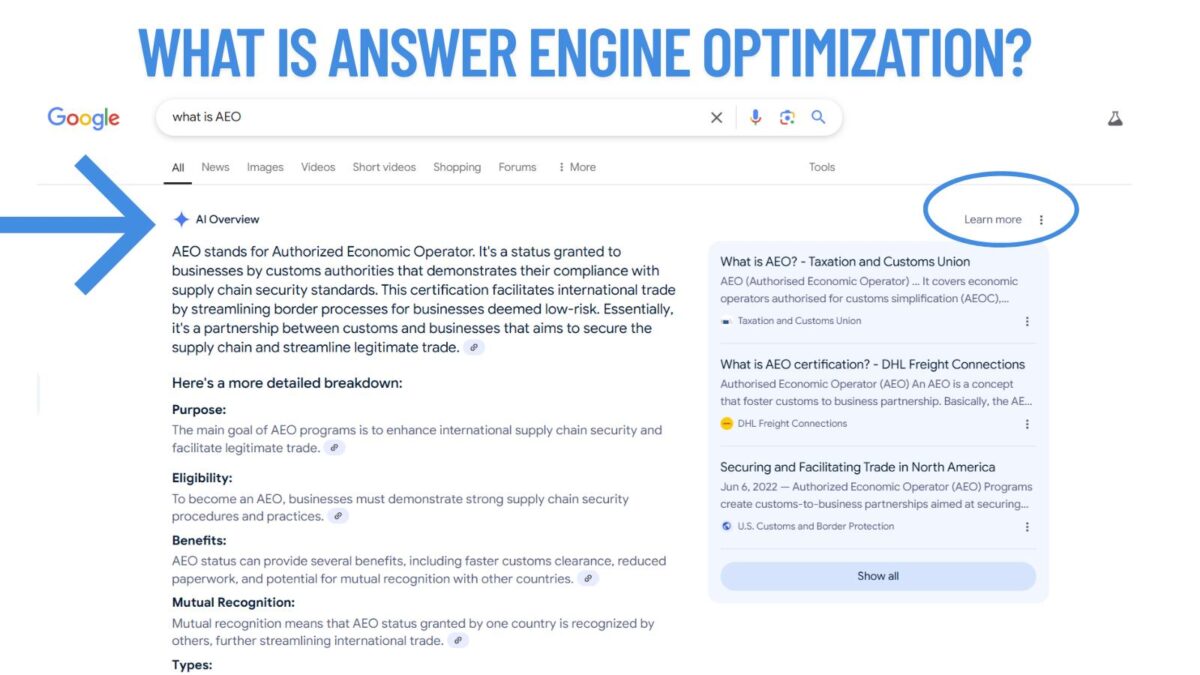In the large digital realm of language learning blogs, the basic of standing out and broadening reach hinges on effective search engine optimization (SEO) tactics. One of the foundational elements of SEO is the strategic utilization of optimizing keywords.
By knowing how to optimize keywords for language learning blogs, you can elevate your blog’s visibility. This will draw more organic traffic, and ultimately expand your readers.
Table of Contents
A Keyword Optimization Guide
This all-encompassing guide delves into the complexity of keyword optimization for language learning blogs. It offers practical insights and actionable tips to enhance your SEO endeavors.
From selecting the appropriate keywords to integrating them strategically in your content and monitoring their performance, this guide helps you. It helps you by providing you with the knowledge and tools needed to enhance your blog’s SEO strategy.
Whether you are a seasoned language learning blogger aiming to refine your SEO techniques or a newcomer trying to establish a robust online presence, this guide will help you in unlocking the full potential of keywords in driving traffic to your blog.
Let’s delve into exploring the art of optimizing keywords for language learning blogs.

Understanding Keywords in Language Learning Blogs
Keywords are pivotal in the success of language learning blogs by attracting the right audience and enhancing visibility on search engine results pages.
To effectively optimize keywords for your language learning blog, it is important to grasp the following key aspects:
- Choosing Relevant Keywords: The primary step in keyword optimization is selecting terms that resonate with your blog’s content and target audience. Factor in the language proficiency level of your audience, specific topics of interest, and prevalent search queries linked to language learning.
- Long-tail vs. Short-tail Keywords: Long-tail keywords are detailed, specific phrases targeting a niche audience, while short-tail keywords are concise, general terms. In language learning blogs, long-tail keywords can be highly effective in engaging motivated learners seeking specific information or resources.
- Utilizing Keyword Research Tools: Various tools such as Google Keyword Planner, SEMrush, and Ahrefs can aid in identifying relevant keywords with high search volumes and low competition. These tools offer valuable insights into keyword trends, search volume, and related terms, guiding your keyword optimization strategy.
By understanding the significance of selecting relevant keywords, distinguishing between long-tail and short-tail keywords, and leveraging keyword research tools, you can establish a great foundation.
This will help in optimizing your language learning blog for enhanced search engine visibility and audience engagement.

Implementing Keywords in Blog Content
Once you’ve pinpointed the key terms for optimizing your language learning blog, the next must action is skillfully weaving them into your content. Masterfully incorporating these keywords into your articles can significantly amplify your blog’s online presence and generate more organic traffic.
Whether you’re focusing on vocabulary expansion, grammar tips, cultural insights, or language learning resources, strategically using these targeted keywords will not only boost your search engine rankings but also build a stronger connection with your audience.
To elevate the impact of your language learning blog even further, consider establishing a dedicated speaking club within your virtual community. By creating a platform where language enthusiasts can engage in real-time conversations.
You can also practice their speaking skills, and receive constructive feedback, you can turn a vibrant and interactive space that grows continuous learning.
The incorporation of a speaking club can not only enhance the overall user experience of your blog but also establish a sense of camaraderie among your readers. This will ultimately lead to increased engagement and retention rates.
Here are key strategies for integrating keywords into your blog content:
- Strategic Placement of Keywords: When embedding keywords into your blog posts, strategically position them throughout the content. Ensure your primary keyword features are in the title, headers, introduction, conclusion, and body of the post. Avoid excessive keyword usage to prevent a subpar user experience and potential search engine penalties.
- Optimizing Meta Tags and Descriptions: Meta tags and descriptions are vital components of providing search engines with insights into your page’s content. Include your target keywords in the meta title, meta description, and meta keywords (if applicable) to help search engines grasp the relevance of your content and bolster your ranking prospects.
- Creating Engaging and SEO-friendly Titles: Engaging blog post titles play a pivotal role in attracting readers and enhancing search engine visibility. Infuse your primary keyword into the title while ensuring it is captivating and descriptive. Strive for titles that are both SEO-friendly and compelling to entice users to click through to your content.
By implementing these strategies for embedding keywords into your blog content, you can increase your blog’s SEO performance. This can heighten its visibility in search engine results.
Remember to prioritize delivering valuable and informative content that resonates with your audience. As well as optimizing it for search engines through strategic keyword placement.
Monitoring and Adjusting Optimizing Keyword Strategies
In the ever-evolving SEO landscape, it is imperative for language learning bloggers to continuously monitor and fine-tune their keyword strategies. This will help you to stay ahead of the curve, maintaining high visibility in search engine results.
By carefully tracking keyword performance and making informed adjustments, bloggers can ensure their content remains pertinent. It will also be engaging to their target audience.
- Tracking Keyword Performance: Monitoring keyword strategies entails tracking the performance of selected keywords. Analyze metrics like search volume, click-through rates, and conversions. These gauge the efficacy of keywords in driving traffic to the blog. Leveraging tools such as Google Analytics and search engine consoles provides valuable insights into resonating keywords. These help in necessitating optimization or replacement.
- Analyzing Competitor Keywords: Another crucial facet of monitoring keyword strategies is monitoring competitor keywords. By scrutinizing competitors’ ranking keywords, bloggers can identify gaps in their own strategy. They can unearth new keyword opportunities to capitalize on. This competitive analysis offers insights into emerging trends. It aids bloggers in staying ahead in the fiercely competitive realm of language learning blogging.
- Optimizing Keywords for Voice Search: Given the surge in voice search popularity, bloggers must optimize their keywords for voice search queries. Voice search typically involves conversational, extended queries, prompting bloggers to incorporate long-tail keywords and natural language phrases into their content. Adapting keyword strategies to accommodate voice search ensures content remains easily discoverable and accessible to a broader audience.
By monitoring keyword performance, scrutinizing competitor keywords, and optimizing for voice search, language learning bloggers can lead in SEO trends. This helps bloggers in maintaining a competitive edge in the digital sphere.
Conclusion: Optimizing Keywords For Language Learning Blogs
Understanding the use of keyword selection, implementing strategic placement techniques, and consistently monitoring and adjusting your keyword strategies can elevate your blog’s search engine optimization (SEO) performance. Therefore, attracting a broader audience of language learners.
Choosing relevant keywords aligned with your target audience’s interests and search queries is the first step towards success. Whether opting for long-tail or short-tail keywords, striking a balance between search volume and competition levels is crucial to maximizing your blog’s visibility in search.
Leveraging keyword research tools can provide valuable insights into trending topics, popular search terms, and competitive keyword strategies. Effectively harnessing these tools can refine your keyword selection process, identifying opportunities to outshine competitors in search rankings.
When integrating keywords into your blog content, prioritize strategic placement within your text, meta tags, and descriptions. Crafting engaging and SEO-friendly titles can profoundly impact your blog’s search visibility and click-through rates.
In essence, optimizing keywords for language learning blogs is an ongoing process necessitating attention to detail, creativity, and data-driven decisions. Of course, you must continue to monitor and analyze the keywords weekly or monthly.
By adhering to the guidelines in this guide, you can amplify your blog’s SEO performance. It will help to attract a wider audience, and establish your blog as a valuable resource for language learners worldwide.
- Facebook SEO: Do You Really Have It Working For Your Brand or Blog? - December 6, 2025
- How Can I See Deleted Messages on Instagram? Easy Methods in 2026 - December 5, 2025
- What Is Twitter Jail And How Long Do X Twitter Suspensions Last? - December 3, 2025



